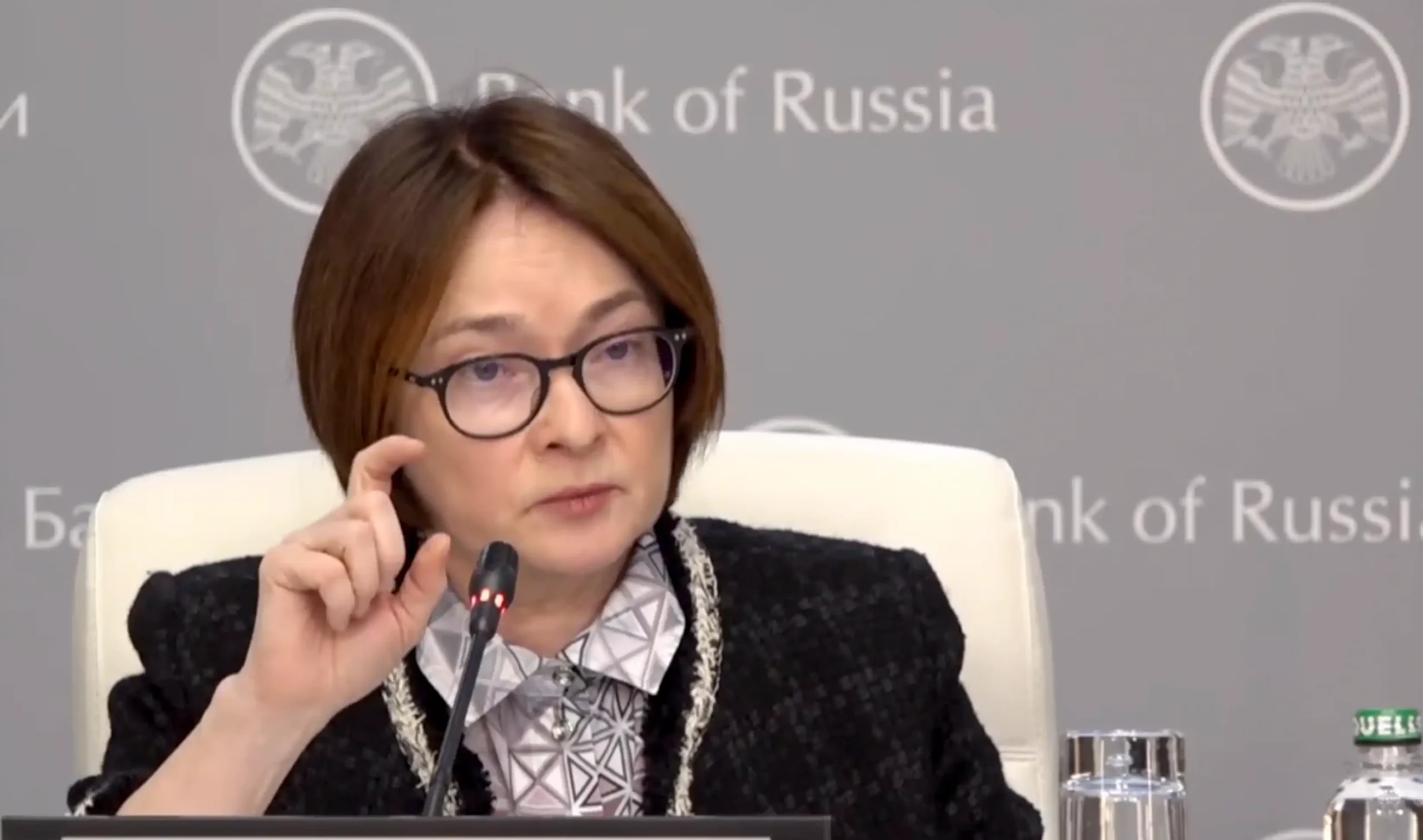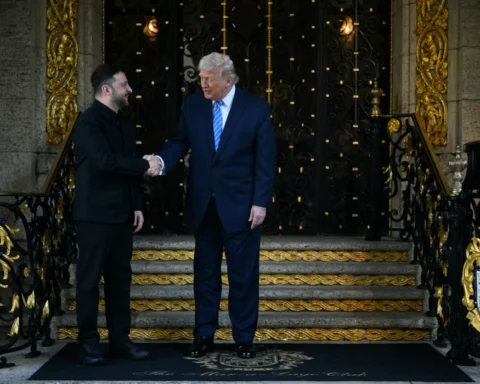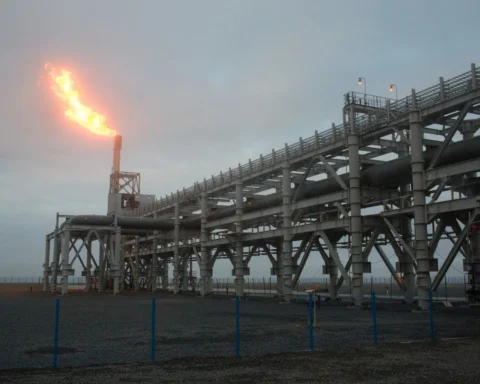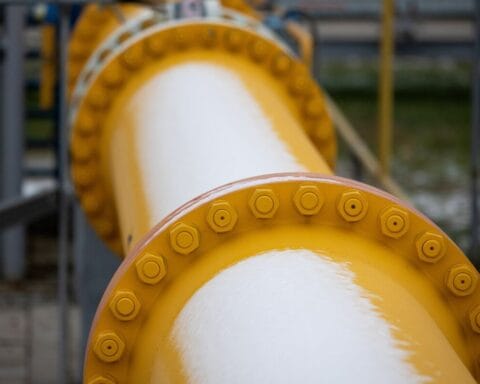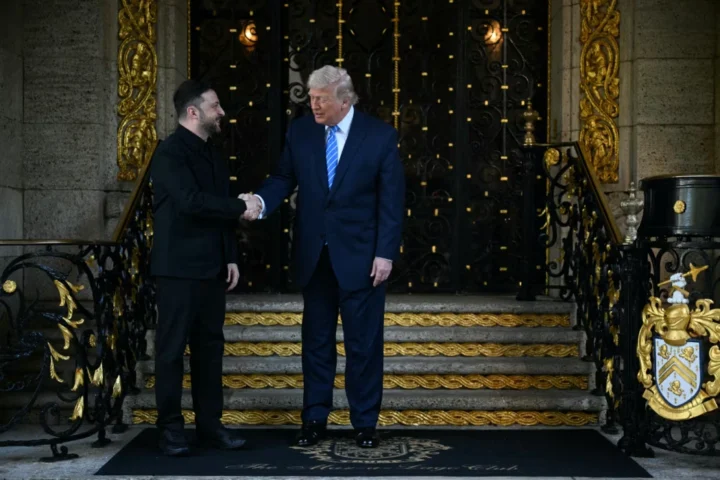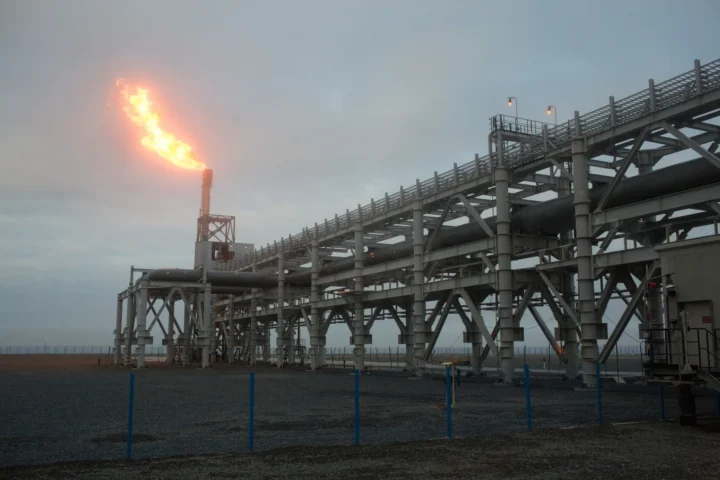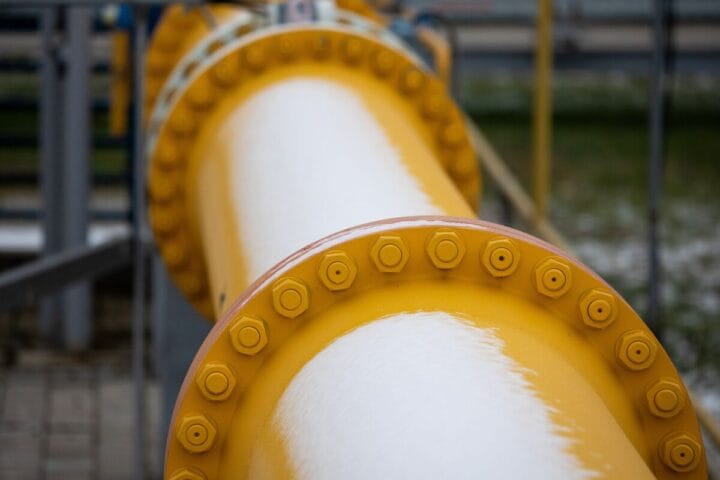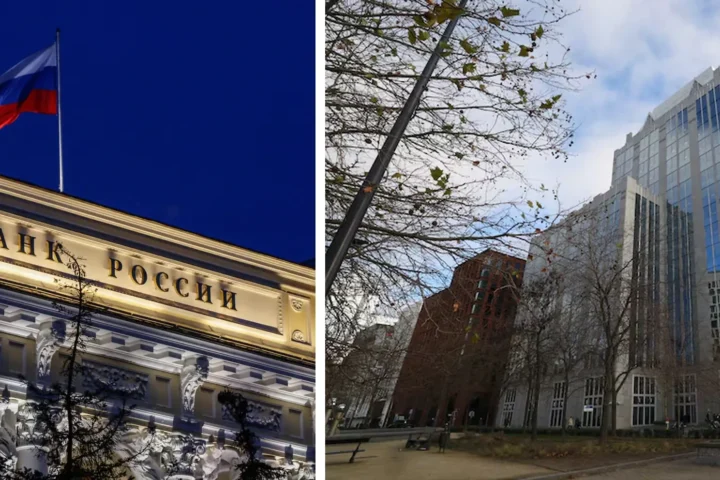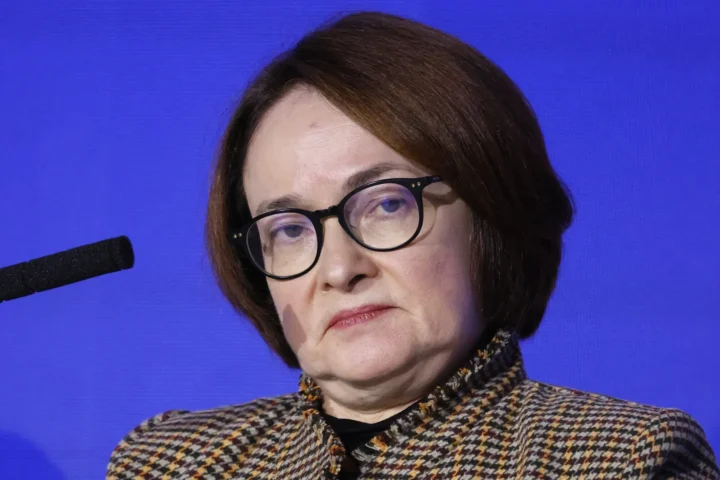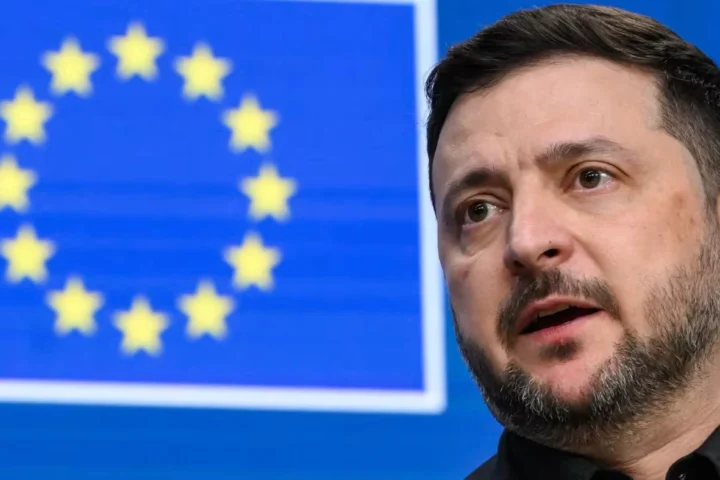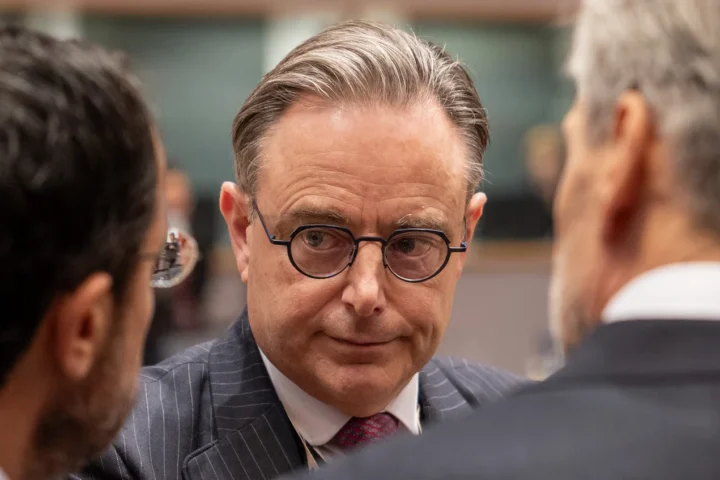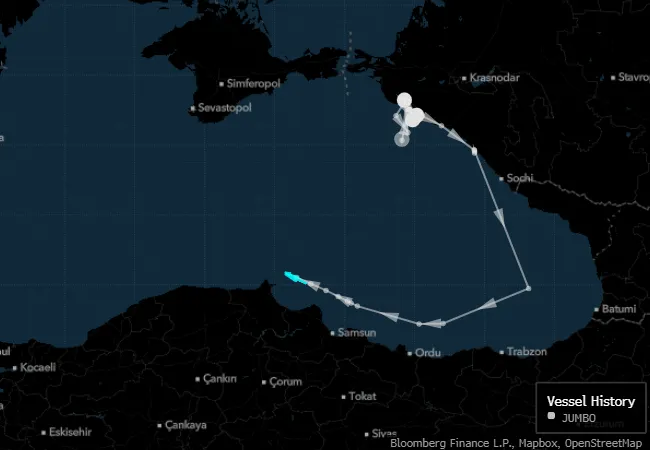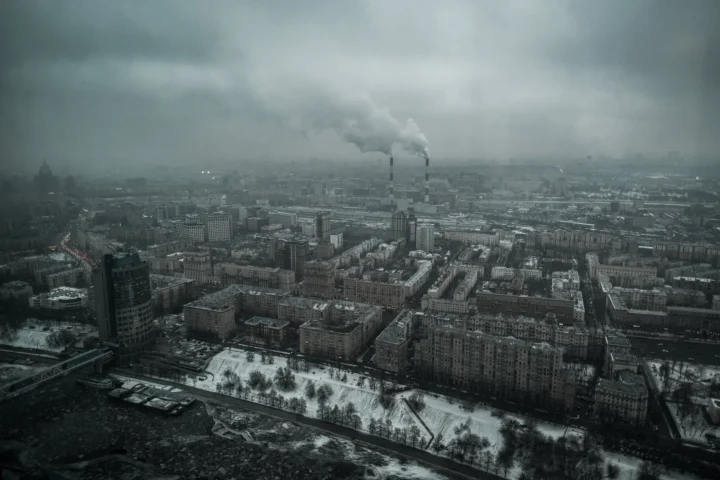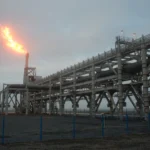The Russian economy, which experienced rapid growth driven by government spending during the conflict in Ukraine, is now entering a period of uncertainty. While major cities like Moscow maintain a sense of optimism—with bustling restaurants and luxury stores seeing strong activity—record-high interest rates and persistent inflation are threatening to slow economic progress. The Central Bank predicts a sharp decline in growth to 0.5% in 2025, compared to the projected 3.5–4% in the previous year.
Experts, such as Oleg Vyugin, an economist and former Central Bank official, argue that the resources that once supported relative economic stability are running out. Inflation, which continues to exceed the target level by more than double, is eroding purchasing power. Despite business pressure, the Bank of Russia has kept its key interest rate at 21%, leading to concerns about potential waves of bankruptcies.
The situation is further complicated by a weakening ruble, uncertain oil prices, and China’s slowing economic growth—factors that challenge Russia’s trade and fiscal stability. Additionally, Ukraine’s halt of natural gas transit has an estimated economic impact of 0.2–0.3% of GDP, according to analysts.
Social inequality and labor market dynamics
Rising wages have partially cushioned the middle class from economic strain, but lower-income groups continue to face financial difficulties. A labor shortage has driven wage growth in some sectors, but overall wealth distribution remains uneven. High borrowing costs are dampening consumer spending and business investments, placing additional pressure on the economy.
Corporate sector and investment cuts
Companies are reassessing their strategies amid rising costs. State-controlled entities like Transneft and Russian Railways are scaling back investment programs, while private enterprises such as Severstal and Norilsk Nickel are cutting expenses. This trend risks slowing the development of key industries, which could further hinder long-term economic growth.
Cross-border trade and the yuan’s role
Sanctions and difficulties with cross-border payments have disrupted trade and limited access to foreign investments. While Russia is increasingly using the yuan for transactions, it has yet to achieve parity with the dollar and euro. According to Alex Isakov of Bloomberg Economics, inefficiencies in the currency market remain costly, although Russia’s ability to reduce reliance on Western currencies demonstrates resilience.
Forecasts and risks ahead
Sofya Donets, an economist at T-Investments, predicts 2025 will be a “belt-tightening year.” Inflation is expected to drop to 4.5–5%, with the key interest rate averaging between 17–20%. However, a further decline in oil prices poses a significant risk, potentially forcing the government to make tough fiscal decisions.
Despite the challenges, Nikita Kulagin of Sovcombank argues that there is no immediate reason to anticipate a recession. While some quarters may see negative growth, the overall economy is projected to grow by approximately 1% by the end of the year. However, caution remains, with many experts acknowledging the heightened risks of stagnation or recession compared to previous years.
The Russian economy continues to demonstrate resilience and adaptability, but its future growth depends on both internal stabilization and external factors such as energy prices and geopolitical developments. The worsening economic conditions demand greater flexibility from businesses and citizens alike to navigate the long-term challenges. While the road ahead may be bumpy, there remains a chance for sustainable recovery and adaptation.


